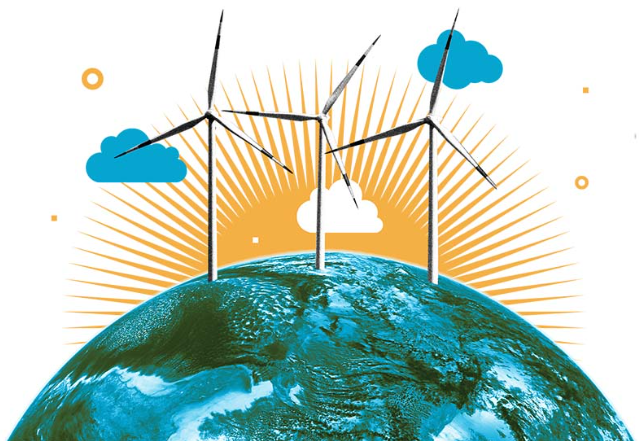At the “2024 China Paper Industry Sustainable Development Forum” held recently, industry experts highlighted a transformative vision for the papermaking industry. They emphasized that papermaking is a low-carbon industry capable of both sequestering and reducing carbon. Through technological innovation, the industry has achieved a ‘carbon balance’ recycling model that integrates forestry, pulp, and paper production.
One of the primary strategies to reduce carbon emissions and optimize production processes involves adopting low-energy consumption and low-emission technologies. Techniques such as continuous cooking, waste heat recovery, and combined heat and power systems are being implemented to enhance energy efficiency and minimize carbon emissions. Additionally, improving the energy efficiency of papermaking equipment by using high-efficiency motors, boilers, and heat pumps further reduces energy consumption and carbon output.
The industry is also exploring the use of low-carbon technologies and raw materials, particularly non-wood fiber sources like bamboo. Bamboo pulp is emerging as a sustainable alternative due to its rapid growth and wide availability. This shift not only alleviates the pressure on traditional forest resources but also contributes to lower carbon emissions, making bamboo a promising raw material for the future of papermaking.
Strengthening carbon sink management is another critical component. Paper companies are engaging in forestry activities such as afforestation and forest tending to increase carbon sinks, thereby offsetting a portion of their emissions. Establishing and improving the carbon trading market is also essential to help the industry achieve its carbon peak and carbon neutrality goals.
Moreover, promoting green supply chain management and green procurement is vital. Papermaking companies are prioritizing environmentally friendly raw materials and suppliers, fostering a greener supply chain. Adopting low-carbon logistics methods, such as new energy transportation vehicles and optimized logistics routes, further reduces carbon emissions during the logistics process.
In conclusion, the papermaking industry is on a promising path towards sustainability. By integrating innovative technologies, utilizing sustainable raw materials like bamboo pulp, and enhancing carbon management practices, the industry is poised to achieve significant reductions in carbon emissions while maintaining its essential role in global production.
Post time: Sep-25-2024





